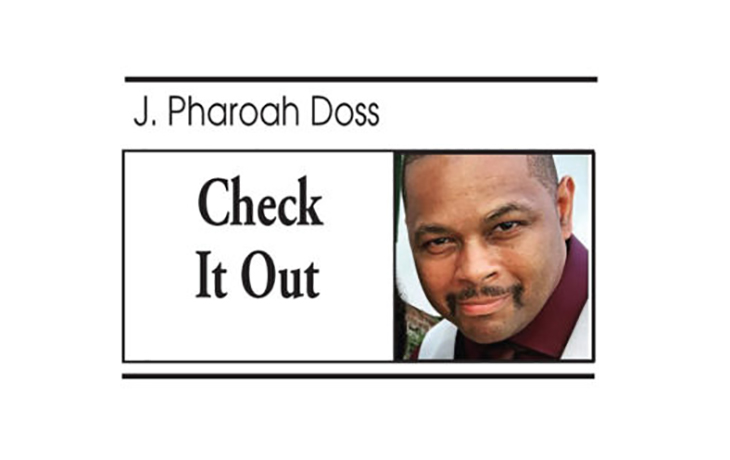by J. Pharoah Doss, For New Pittsburgh Courier
By now, the name Tyre Nichols is synonymous with police brutality.
Nichols, a 29-year-old Black man, was accused of reckless driving by Memphis police. Police body camera footage showed five Black police officers dragging Nichols out of his vehicle, pepper spraying Nichols, and striking Nichols with a baton plus their fists and feet.
These five Black police officers were members of a special unit called SCORPION. According to the Memphis Police Department, this special unit “patrolled in groups and at times used low-level traffic stops as a way to find violent criminals, drugs, or weapons.”
Nichols died in the hospital three days later.

The Black officers involved were fired and charged with murder and other crimes, and SCORPION was disbanded.
It’s important to note that the Memphis Police Department is 58 percent Black, and the city is 64 percent Black. The Washington Post reported that the Memphis Police Department engaged in a decade-long recruitment effort to make their police force resemble the racial make-up of the city.
In theory, diversity will reduce racial tension between the police and Black residents. Black residents will be more at ease assisting Black police officers in criminal investigations, and Black suspects won’t automatically accuse Black police officers of racism.
Based on the numbers, it’s not unusual for a Memphis police brutality case to involve a Black officer and a Black victim. Quietly as kept, a lot of major cities have majority-minority police forces, and police brutality cases involving Black officers aren’t unusual. However, these incidents never attracted national attention because there was no racial storyline.
CNN’s Don Lemon asked Memphis Police Chief Cerelyn Davis, “What do you make of the race of the offenders, and what does that say to the community and to the country about policing?”
Chief Davis said it takes race off the table.
When race is on the table, the media and the activists steer the focal point of the problem toward systemic racism. The race of the officer (White) and the race of the victim (Black) are used symbolically to construct an oppressor vs. oppressed narrative. Regardless of the circumstances, the “White oppressor” acted out of racial animus, and the oppressed victim is blameless. With race off the table, the focal point becomes the misconduct of the officers instead of the power structure they represent.
However, New York City Mayor and former police chief Eric Adams disagreed that race was off the table. He claimed the race of the officers was the “elephant in the room” and it can’t be ignored. Mayor Adams also said, “As a person who fought for police diversity and against police abuse, he felt betrayed.”
If the officers were fired and charged, why does their race matter, and how was Mayor Adams betrayed?
For Mayor Adams, diversity is essential to lowering police violence, and the five Black police officers in Memphis betrayed the goal of diversity.
The idea that a diverse police force will reduce racial tension is understandable, but it doesn’t follow that diversity will reduce police violence. In some situations, Black police officers will go too far, just like their White counterparts. However, the idea that diversity will stop this human error means that Black officers will hold back out of racial solidarity.
That’s an unrealistic expectation placed on Black officers, and more importantly, if reducing police violence was the ultimate goal of diversity, it was doomed to fail from the start. That’s why Chief Davis said it doesn’t matter who’s wearing the uniform. All officers have the same professional responsibilities, and it’s the responsibility of the “court of public opinion” to condemn the individuals responsible and not “the police” in general.
However, there actually was an “elephant in the room”.
It wasn’t the race of the officers, like Mayor Adams suggested, it was the SCORPION unit. SCORPION stood for Street Crimes Operation to Restore Peace in our Neighborhoods. “Restore Peace” is a polite way of saying “Restore Order” in high-crime neighborhoods. Any time special units like SCORPION are formed with the explicit task of “cleaning up the streets” extreme measures (bending the law without breaking it) are involved. The problem comes when officers blur extreme measures with the belief that “the end justifies the means”.
Special units like SCORPION are notorious for getting into trouble for excessive force and a host of other crimes.
Yet, when Chief Davis disbanded SCORPION, Mayor Adams said a number of things went wrong during the Nichols incident, but he didn’t see the special unit as one of them. Mayor Adams said, “Units don’t create abuse. Abusive behavior creates abuse.”
If that’s the case, why does he think diversity would reduce this human error?
